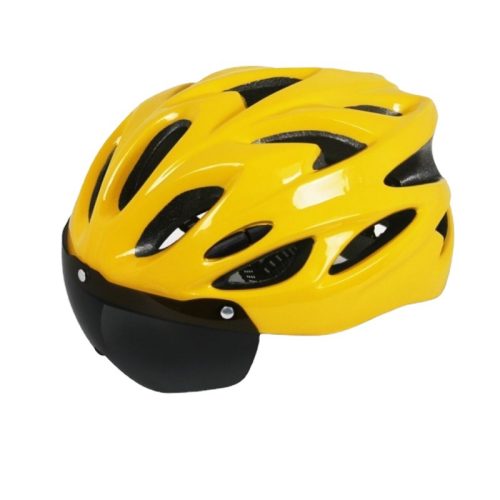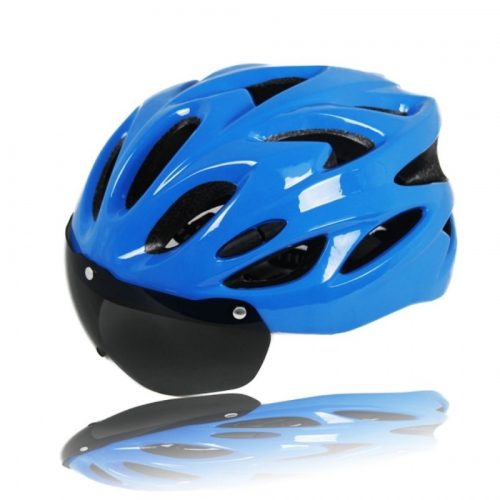Safety helmets are an essential protective gear for various activities and age groups. Here’s a general overview of safety helmets for different age categories:
- Infants and Toddlers:
- Infants and very young children should use specially designed helmets for activities like biking or riding in a bicycle trailer.
- These helmets are lightweight and come with a secure strap system to ensure a proper fit.
- Children and Adolescents:
- Kids who engage in activities like biking, skateboarding, rollerblading, or riding scooters should wear helmets.
- It’s essential to choose helmets specifically designed for the activity to ensure adequate protection.
- Make sure the helmet fits snugly and securely on the child’s head.
- Teens and Adults:
- Helmets are essential for various activities, including biking, skateboarding, snowboarding, skiing, and certain water sports.
- For biking and similar activities, helmets should meet safety standards specific to the region or country.
- For snow sports and water sports, helmets should be designed to protect against impact in those environments.
- Seniors:
- Older adults may require safety helmets when engaging in activities like cycling, horseback riding, or participating in construction or industrial work.
- Helmets should provide protection against specific risks associated with the activity.
- Construction and Industrial Workers:
- Helmets are a standard safety requirement in construction and industrial settings.
- These helmets often come with additional features like chin straps and visors to protect against falling objects and other workplace hazards.
- Motorcycle and Motorbike Riders:
- Helmets are not just recommended but legally required for riders in many regions to protect against head injuries in the event of accidents.
- Full-face helmets or those designed for specific types of motorcycles provide varying degrees of protection.
It’s important to consider the following when choosing safety helmets for all age groups:
- Proper Fit: Helmets should fit snugly on the head without being too tight. They should cover the forehead and be level on the head.
- Safety Standards: Look for helmets that meet safety standards established by organizations like the Consumer Product Safety Commission (CPSC) for bicycle helmets or specific standards for other activities.
- Condition: Regularly inspect and replace helmets that have been involved in accidents or show signs of wear and tear.
- Usage Guidelines: Follow the manufacturer’s recommendations for helmet use and maintenance.
Remember that wearing a safety helmet is a crucial precaution to reduce the risk of head injuries during various activities. It’s essential to educate people of all ages about the importance of wearing helmets and making sure they use the appropriate helmet for their specific activity.


